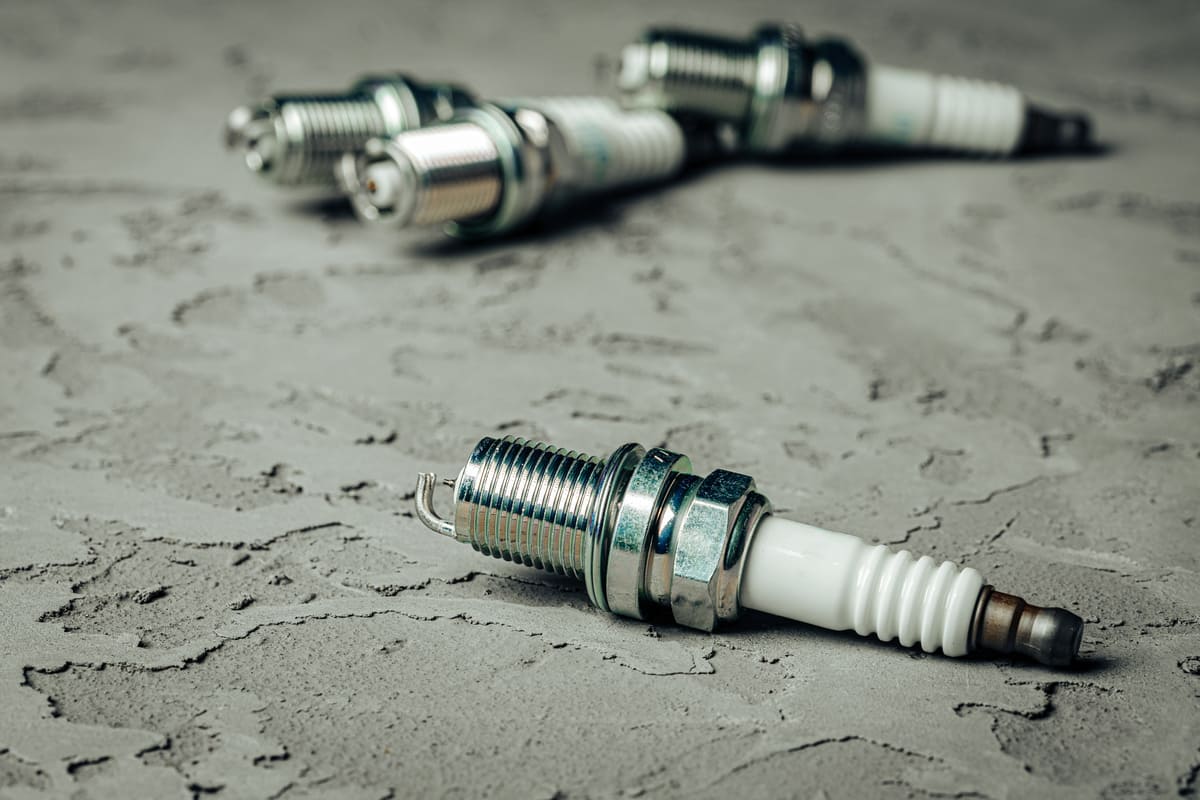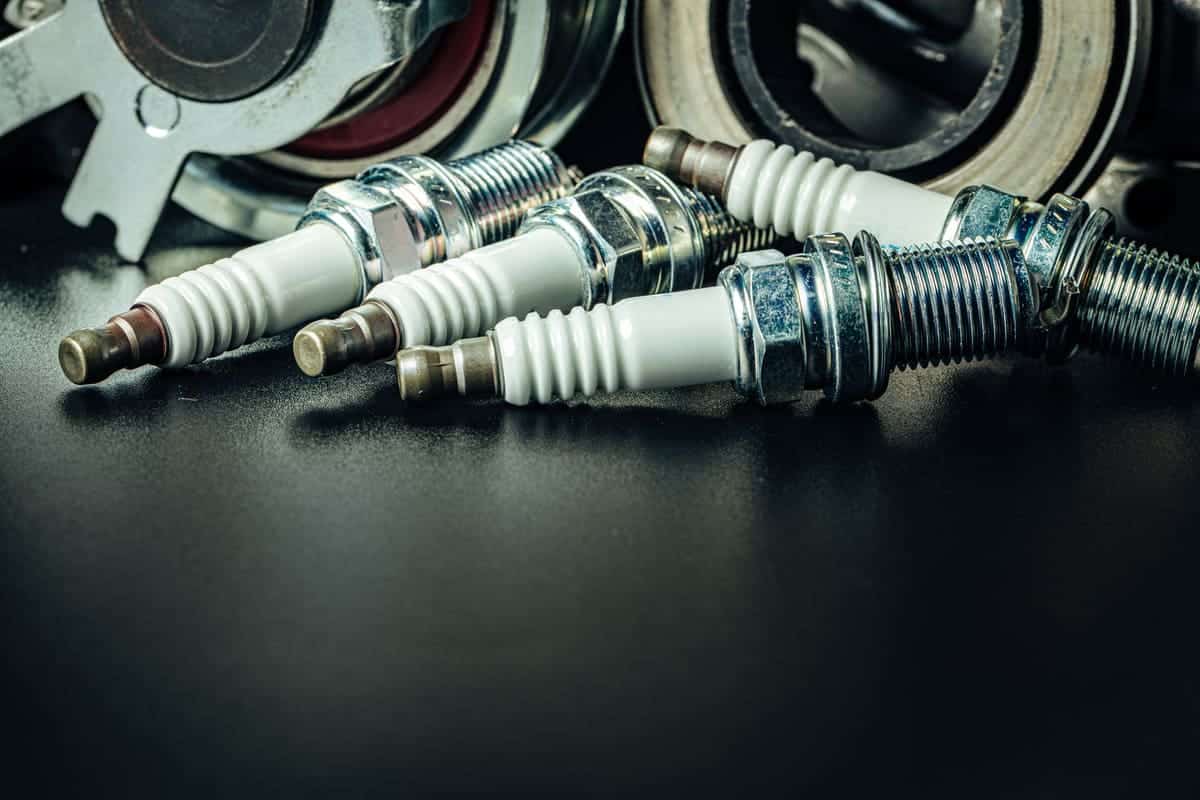Spark plugs have a big impact on engine performance, fuel economy and emissions. They are precision designed with a center electrode and ground electrode separated by a gap. In modern cars spark plugs are essential for efficient combustion and overall health.
What is a Spark Plug?
A spark plug is a small thing in an engine. It creates a spark to ignite the air fuel mixture in the combustion chamber. This makes the engine run smoothly and efficiently.
Spark plugs have electrodes that creates the spark for ignition. Regular maintenance of spark plugs makes the engine run at its best. Over time spark plugs can wear out and need to be replaced to avoid engine problems. Knowing how spark plugs work will help in maintaining vehicle performance and fuel economy.
References
- Spark plug. Encyclopaedia Britannica. Retrieved from https://www.britannica.com/technology/spark-plug
What is the History of Spark Plug?
The history of spark plug started in 1839 when Edmond Berger created a spark plug but did not patent it. In 1860 Etienne Lenoir used an electric spark plug in his gas engine, the first to be used in an . Nikola Tesla patented a similar device in 1898.
The first commercially available spark plug was in 1902 developed by Robert Bosch’s engineer Gottlob Honold. This innovation enabled the development of spark-ignition engines. Further improvements were made by inventors like Albert Champion and the Lodge brothers. They enhanced the design, leading to the spark plugs we use today.
References
- Spark Plug History. Retrieved from
How Does a Spark Plug Works?
Below are the step by step working of a spark plug:
Step 1: The spark plug gets a high voltage electrical current from the ignition coil. This current travels down the center electrode of the spark plug. This sets the spark plug up to make a spark. The center electrode is key because it carries the current into the combustion chamber and sets up for ignition.
Step 2: The current reaches the spark gap, the small space between the center electrode and ground electrode. As the voltage builds up, it gets strong enough to overcome the air gap. This causes a spark to jump across the gap. This spark is what ignites the air fuel mixture in the engine.
Step 3: Once the spark ignites the mixture, a small explosion happens in the combustion chamber. This explosion pushes the down, turns the crankshaft and powers the engine. The spark plug’s job is key here as it makes sure this ignition happens at the right time for the engine to run efficiently.
Step 4: After ignition, the spark plug’s design helps to dissipate heat from the combustion process. The plug is made of materials that can withstand high temps and pressure. Keeping the right temperature is important to prevent engine knocking or pre-ignition so the engine runs smooth and efficient. Regular inspections and replacements keep the spark plug working right.
References
- How Do Spark Plugs Work. Mobil. Retrieved from
- Spark Plugs: Function, Benefits, and Importance. Mandal Buick GMC. Retrieved from
- How Spark Plugs Work. HowStuffWorks. Retrieved from

What are the Main Components of Spark Plug?
Here are some of the main components of spark plug:-
- Terminal
- Insulator
- Center Electrode
- Side Electrode
- Threads
- Gasket
- Shell
References
- Spark Plug. Testbook. Retrieved from
- Spark Plug. Wikipedia. Retrieved from
What are the Types of Spark Plug?
Spark plugs come in different kinds, each designed for specific engine requirements. They all do the same job: to ignite the air fuel mixture to power your vehicle.
- Copper Spark Plugs: Copper spark plugs have a solid copper core and a nickel alloy electrode. They are good for older or low performance engines. These plugs conduct electricity well but wear out faster than others and need to be replaced more often. They are suitable for vehicles that don’t have high heat demands.
- Platinum Spark Plugs: These plugs have a platinum disc welded to the center electrode. They last longer than copper plugs because platinum wears slower. Platinum plugs produce a hotter spark, reduces carbon buildup and improves fuel efficiency, making them good for newer vehicles with electronic .
- Double Platinum Spark Plugs: Double platinum plugs have platinum on both center and side electrodes. This design enhances durability and performance. They are good for vehicles with waste spark ignition system where spark travels in both directions and needs balanced wear and long lasting performance.
- Iridium Spark Plugs: Iridium plugs have iridium alloy center electrode. They are the most durable, lasting up to 25% longer than platinum plugs. Iridium plugs produce strong focused spark and improves fuel efficiency and engine response, especially in high performance cars.
- Silver Spark Plugs: Silver plugs have silver center electrode which conducts electricity better than other metals. They are used in high performance or racing engines. Although they wear out fast, they have superior thermal conductivity and ensures optimal engine performance under extreme conditions.
References
- What is a Spark Plug?. Carly. Retrieved from
- Different Spark Plug Type Comparison. AutoZone. Retrieved from
How to Know if Your Spark Plug is Bad?
A spark plug is a crucial part of your engine’s performance. When it goes bad your won’t run well. Here are the signs to watch out for:
- Engine Misfires: If your engine sputters or misfires, a bad spark plug might be the culprit. It disrupts the ignition process.
- Poor Fuel Economy: Bad spark plugs can reduce fuel efficiency. You’ll notice more trips to the gas station as your car consumes more fuel.
- Rough Idling: When your car shakes or vibrates at a stop, the spark plug might be malfunctioning and causing uneven engine performance.
- Slow Acceleration: A slow response when you press the gas pedal can mean a spark plug issue, affecting power delivery and acceleration.
- Trouble Starting the Car: Hard starts or extended cranking times may mean worn out spark plugs that can’t ignite the air fuel mixture properly.
- Check Engine Light: This light can come on for many reasons including spark plug problems. A diagnostic tool can help you identify the issue.
- Unusual Engine Noises: Popping or rattling noises from the engine can mean spark plug trouble, disrupting the combustion cycle.
References
- Everything You Need to Know About Spark Plugs. Firestone Complete Auto Care. Retrieved from https://www.firestonecompleteautocare.com/blog/maintenance/everything-you-need-to-know-about-spark-plugs/


